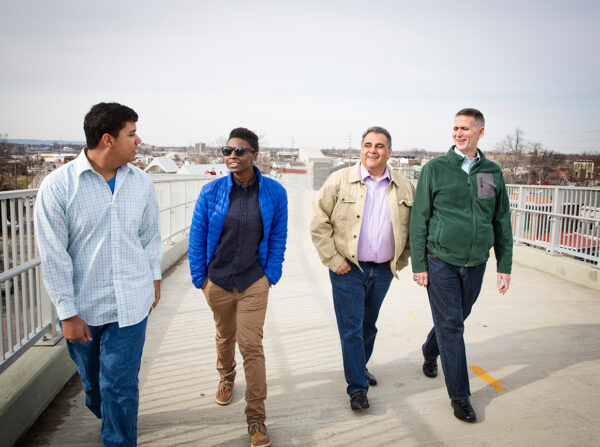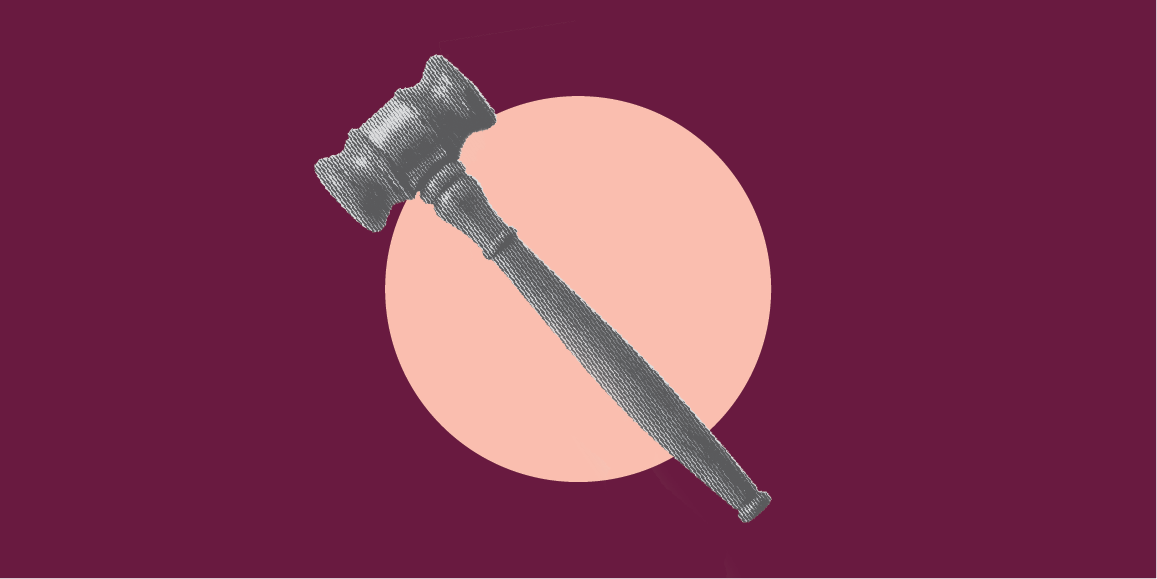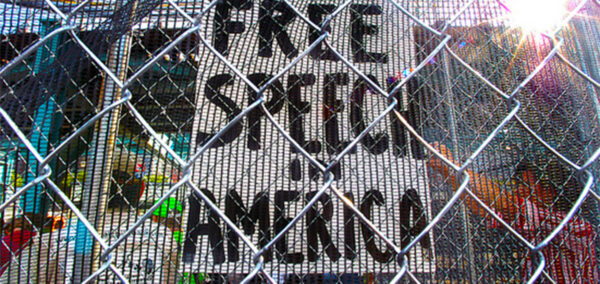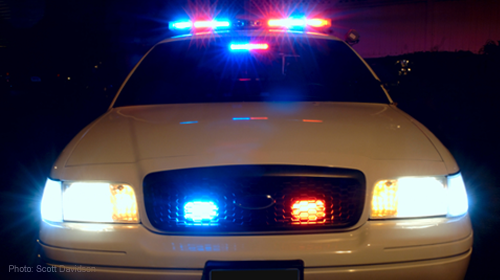U.S. Supreme Court
Joan and Irwin Jacobs Supreme Court Docket
Featured

Obergefell, et al. v. Hodges - Freedom to Marry in Ohio

Bourke v. Beshear & Love v. Beshear - Freedom to Marry in Kentucky
By completing this form, I agree to receive occasional emails per the terms of the ACLU's privacy statement.
All Cases
13 Supreme Court Cases during the 2014 Term

Williams-Yulee v. The Florida Bar

Williams-Yulee v. The Florida Bar

Elonis v. United States

Elonis v. United States

Heien v. North Carolina

Criminal Law Reform
Heien v. North Carolina
How Do Terms Work?
Between October and late June or early July the Supreme Court is “in session,” meaning it hears oral arguments, issues written decisions, and decides whether to take additional cases.
Submitting petitions
Our legal team at the ACLU files a cert petition to the U.S. Supreme Court, a type of petition that usually argues that a lower court has incorrectly decided an important question of law that violates civil rights and should be fixed to prevent similar confusion in similar cases.
U.S. Supreme Court decides to take a case
On average, the Court considers about 7,000 ‐ 8,000 petitions each term and accepts about 80 for oral argument.
Oral arguments
This is the period where the U.S. Supreme Court listens to our case in court.
U.S. Supreme Court makes final decisions
While the U.S. Supreme Court makes decisions throughout the term, many are released right before the term ends. If a decision doesn't go in our favor, we fight back!